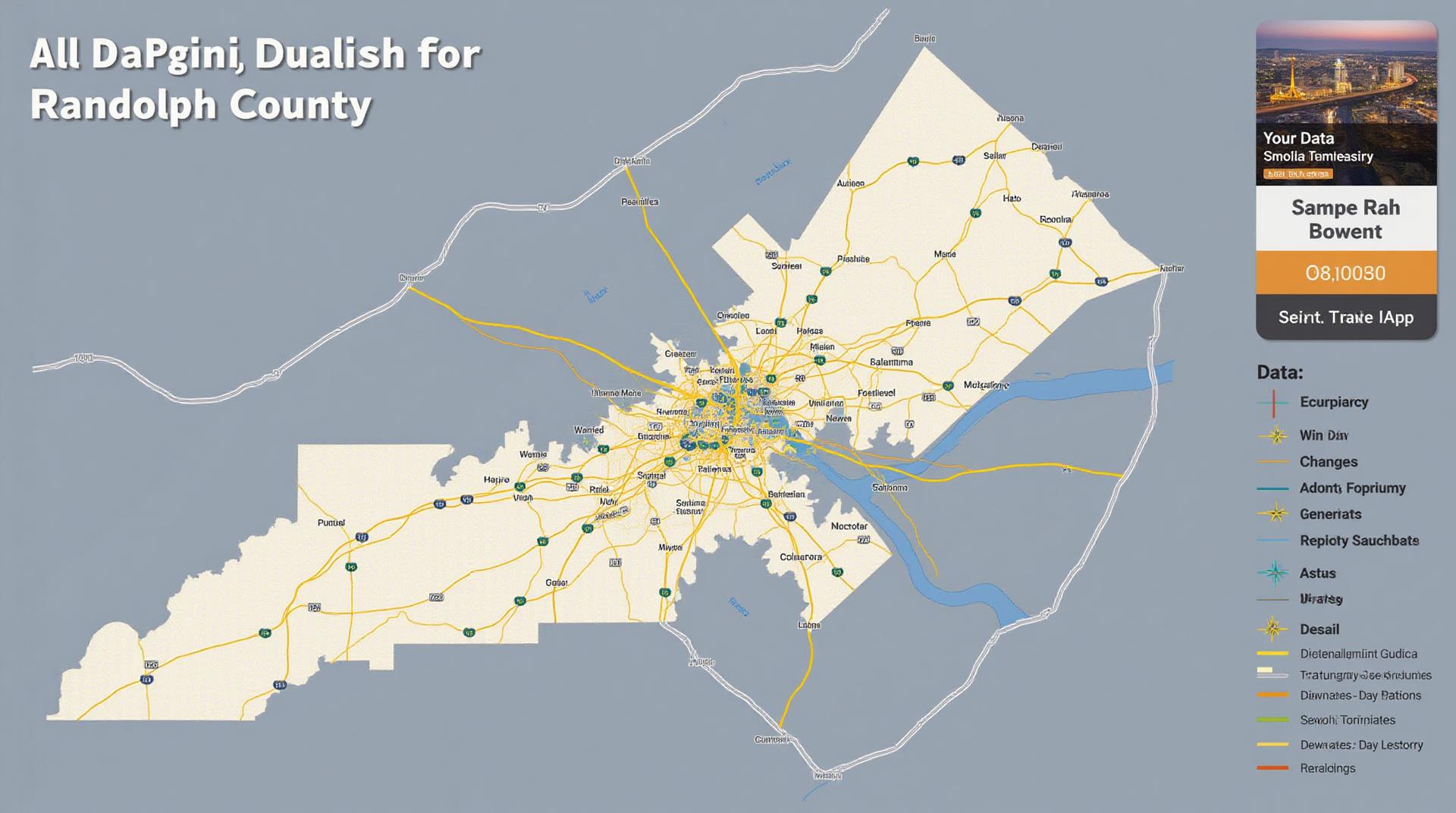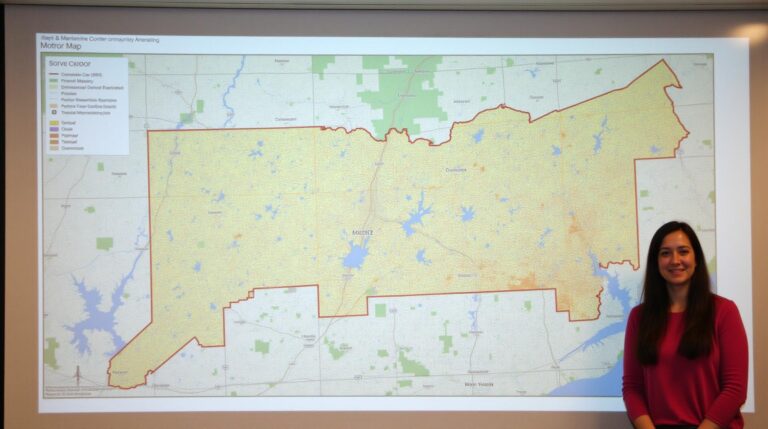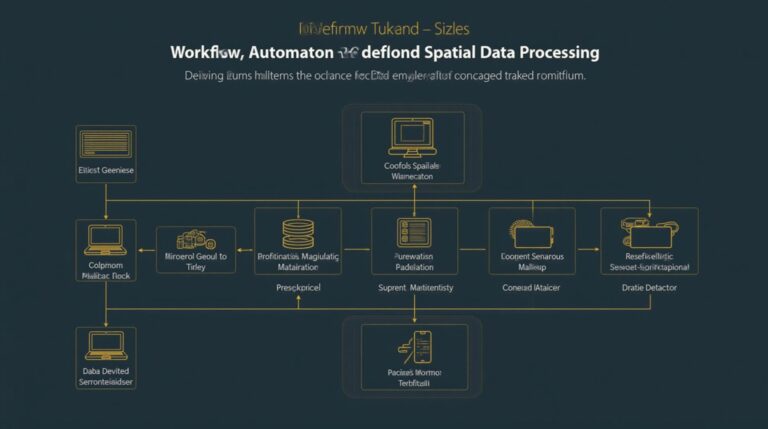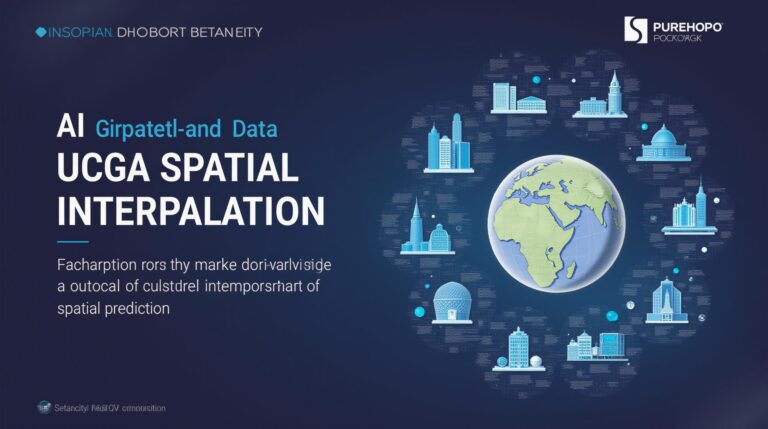Randolph County, North Carolina GIS: Your Data Destination
Randolph County, North Carolina GIS: Your Data Destination
Welcome to a world of knowledge, insights, and powerful possibilities with Randolph County GIS! Whether you’re a resident charting your next move, a business developer seeking growth opportunities, or a researcher aiming for deeper understanding of the local environment, Randolph County’s GIS resources have something for everyone.
Key Features and Benefits of Randolph County GIS
- Comprehensive Datasets: Access a foundation rich in data on everything from land use and property boundaries to infrastructure, schools, parks, and environmental factors. Expect deep distributions like census tract boundary lines, historical maps, and detailed aerial photography.
- Interactive Mapping Platform: Explore the county with intuitive online mapping tools. Zoom, pan, and interact with layers to quickly grasp land patterns, population distribution, and more.
- Access to Official Data: Collaborate with local government and agencies to pull up up-to-date data specific to county services, zoning, and development projects. This empowers residents to make informed decisions.
- Environmental Insights: Appreciate the county’s natural ecology through features like Floodplain maps, drainage areas, vegetation patterns, and conservation zones. Use this valuable information to support environmental efforts, conservation initiatives, and even landscaping decisions.
Trustworthy Data Sources
The success and engagement in Randolph County GIS data is founded on trusted reservoirs. The county leverages the strengths of
- Randolph County Planning Department: The department provides access to authoritative data, property records, zoning maps, and various publications.
- North Carolina Department of Transportation (NCDOT): Features like road maps, traffic data, and public transit information are available.
- **U.S. Geological Survey (USGS):** The USGS is a vital source of detailed geological, geophysical, and topographic data which fuels any projects you might have.
Getting Acquainted with Randolph County GIS
- Interactive Mapping App: The county provides an impressive interactive mapping application for your web use. (
- Online Data Viewer: The Randolph County website hosts a robust and user-friendly online data viewer where you can choose layers and download data. ( You can find the online data viewer link to view it) ,
Practical Applications of Randolph County GIS
The applications of this comprehensive information are truly unlimited. Here are just some areas where GIS can have a beneficial impact:
- Real Estate & Property Management: Analyze property values, boundaries, development stages, and flood risk with detailed GIS data.
- Decision Making: Utilize data to inform local development projects, public policy analysis, and economic development strategies.
- Planning & Construction: Enhancing design processes, optimizing utility infrastructure placement, and maintaining accurate record keeping when designing new buildings, roads, or public facilities.
- Water Resources Management: Study groundwater aquifers, track flooding patterns, and assess stream networks for effective water resource management and mitigation strategies.
Who Can Benefit from Randolph County GIS?
Don’t think this is a tool restricted to professionals. Here’s how different user groups can leverage its power:
- Residents: Gain insight into local businesses, schools, parks, protect themselves by planning for flooding.
- Businesses: Understand the area’s market, identify areas for expansion, analyze access to transportation, target new customers, and choose locations most suited to their needs.
- Researchers: Deep into environmental studies, investigate historical trends, study the county’s economic lifeblood.
Conclusion: Navigating Randolph County with GIS Data
Randolph County GIS is a beacon of information for a variety of people with the right skills. It empowers a community, supports growth, and encourages proactive management of our precious natural environment, and valuable resources.
GIS Data: Frequently Asked Questions for Randolph County, NC
What is Randolph County’s GIS Data?
Randolph County’s GIS data provides valuable geographic information about the county using spatial databases. This data is available in various formats, including vector and raster types, allowing users to analyze and visualize it for decision-making.
How Can I Access Randolph County’s GIS Data?
Access to GIS data is conveniently provided through several platforms.
https://randolphcounty.maps.arcgis.com/
This platform provides a comprehensive map viewer, data download options, and access to resources specific to Randolph County.
What Formats Are Available?
- Vector Data:** Shapes of features like roads, rivers, and land parcels. Available formats include shapefile (.shp), geodatabase (.gdb), and CityJSON
- Raster Data:** Images like aerial photos and topographic maps. Available formats include GeoTIFF (.tif), JPG, and PNG
What Can I Do with Randolph County’s GIS Data?
What Are Some Use Cases?
The applications for GIS data in Randolph County are abundant.
*
Public Services & Planning: Analyze land use, demographics, emergency response grid, zoning data
*
Property & Land Use Management:** Track development projects, study environmental hazards, prepare land parcel maps
*
Real Estate & Business Development:** Understand the location of businesses and affect local development routes
How Do I Use the Randolph County GIS Data?
Randolph County’s GIS data is designed for easy access and utilization.
—
GIS Data’s Impact on Randolph County, NC
GIS data empowers Randolph County stakeholders – including government agencies, businesses, and researchers – to make more informed decisions. By visualizing community data in a geographic context, it allows for:
*
**Enhanced Decision-Making:** Identifying areas of need, assessing risks, and optimizing resource allocation.
*
**Improved Communication:** Creating visual representations of information for public engagement and transparency.
*
**Innovation & Economic Growth:** Facilitating new business development and bolstering existing industries through data-based planning.
—
**Conclusion:**
Utilizing geographic information systems (GIS) data is essential to Randolph County’s future endeavors. By expanding access and expanding the use of GIS data, Randolph County can leverage its power to advance community development and maintain its position as a vital hub for business, innovation, and collaboration.







